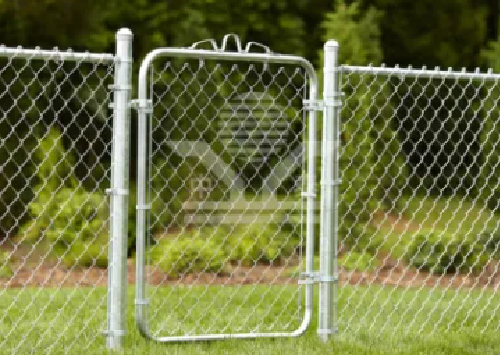The Advantages of Perforated Metal Railings in Modern Architecture
In contemporary architecture, the choice of materials plays a crucial role in both the aesthetic appeal and functional performance of structures. One material that has gained prominence in recent years is perforated metal. Perforated metal railings are becoming increasingly popular due to their unique blend of strength, durability, and visual appeal, making them an ideal option for various applications.
Perforated metal railings consist of sheets of metal that have been systematically punched with holes of various sizes and shapes. This design not only makes them lightweight but also allows for various degrees of light and airflow to penetrate through. This feature enhances the overall aesthetic of any building while also contributing to its energy efficiency. For instance, in buildings that utilize natural ventilation, the airflow provided by these railings can help reduce the need for artificial heating and cooling systems.
One significant advantage of perforated metal railings is their versatility. They can be customized to fit a wide range of architectural styles, from modern to industrial. Whether used in residential, commercial, or public spaces, these railings can be tailored in terms of design, hole size, and spacing, allowing architects and designers the freedom to create unique visual statements. With a variety of finishes available, such as powder coating and anodizing, perforated railings can also complement a building's color scheme and overall design theme.
perforated metal railings

Another compelling reason for choosing perforated metal railings is their durability and low maintenance. Made from materials such as aluminum, stainless steel, or carbon steel, these railings are resistant to corrosion and other environmental factors. They can withstand extreme weather conditions, making them suitable for both indoor and outdoor applications. Unlike traditional wooden railings, which may warp or rot over time, perforated metal railings maintain their integrity and appearance with minimal upkeep.
Moreover, safety is a paramount concern in any architectural design. Perforated metal railings provide adequate support and protection while still maintaining visibility. The perforated design allows occupants to enjoy unobstructed views, creating an open and inviting atmosphere. This aspect is particularly beneficial in commercial settings such as balconies, terraces, and walkways where safety needs to be balanced with cosmetic appeal.
Lastly, the installation of perforated metal railings can be a more cost-effective option in the long run. Their durability means less frequent replacement, and their lightweight nature can reduce structural load, potentially lowering construction costs.
In conclusion, perforated metal railings present a multitude of advantages in modern architecture. Their aesthetic flexibility, durability, low maintenance requirements, safety features, and cost-effectiveness make them an excellent choice for any architectural project. As the industry moves towards more sustainable and innovative designs, perforated metal railings will undoubtedly continue to play a significant role.
-
The Best Metal Mesh Solutions: Expanded Aluminum Metal vs. Expanded Stainless Steel Metal
NewsSep.10,2024
-
Round Perforated Sheets vs. Hexagonal Perforated Sheets vs. Embossed Perforated Sheet Metal
NewsSep.10,2024
-
Perforated Metal Sheets
NewsSep.10,2024
-
Experience The Excellence Of Stainless Steel Grating
NewsSep.10,2024
-
Discover the Versatility Of Metal Mesh Expanded Forming Machines
NewsSep.10,2024
-
Discover The Advantages Of Steel Grating For Sale
NewsSep.10,2024
Subscribe now!
Stay up to date with the latest on Fry Steeland industry news.

